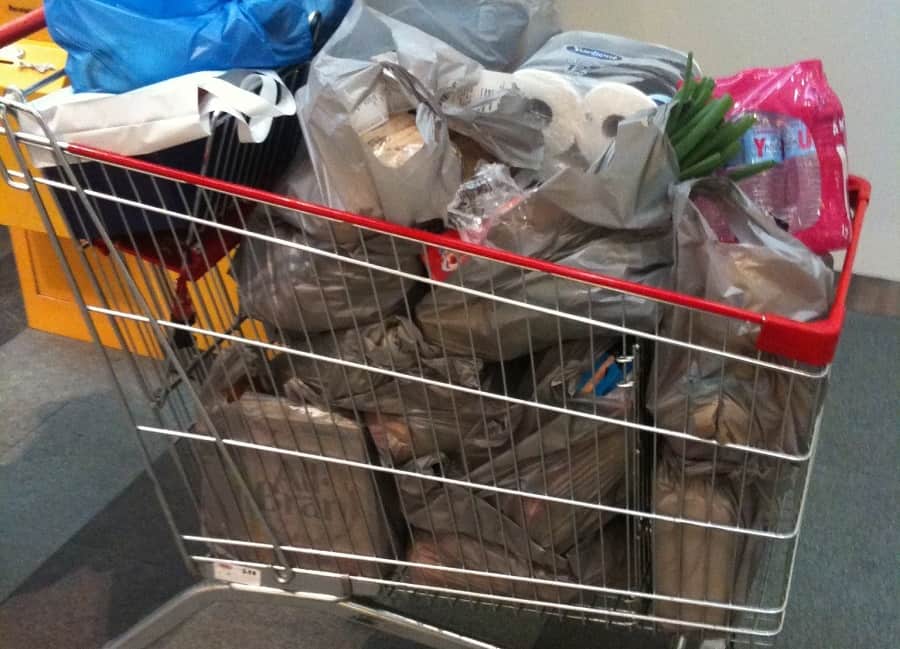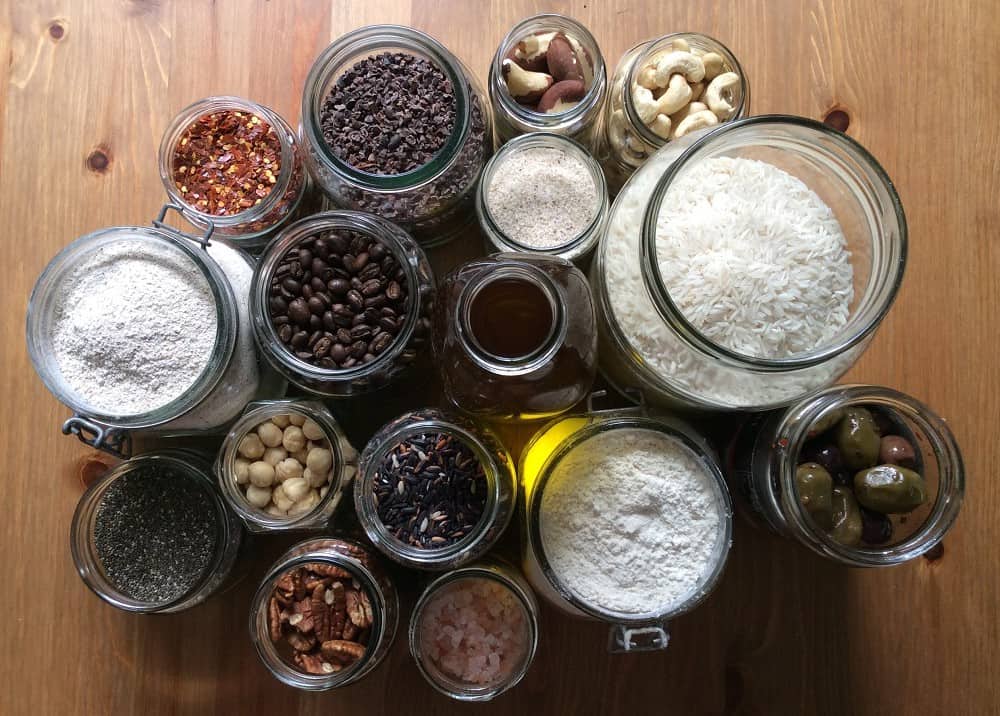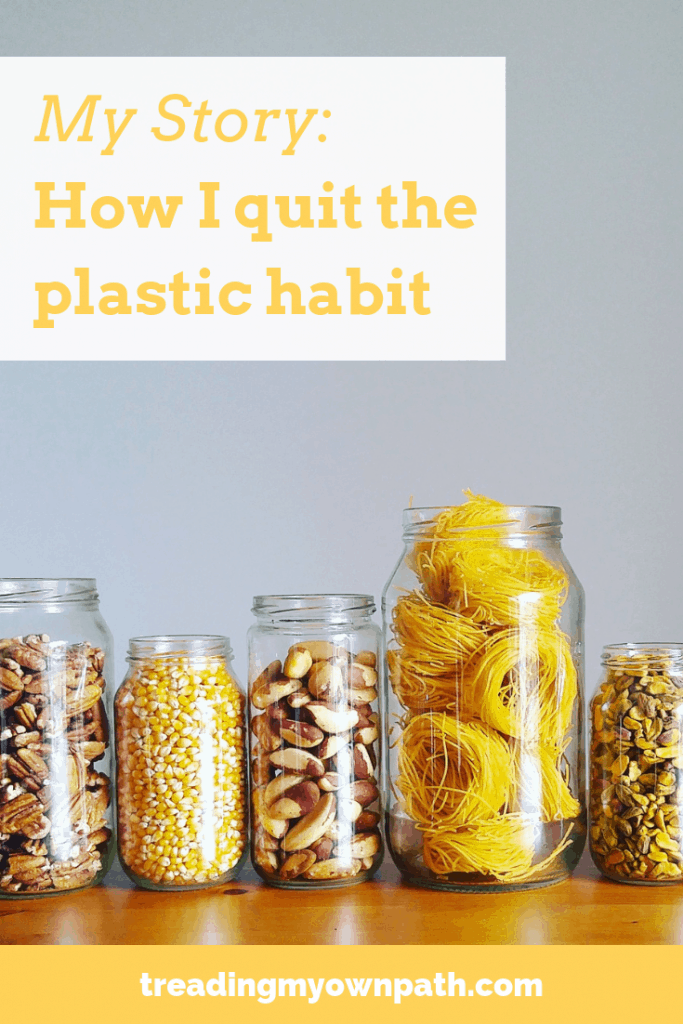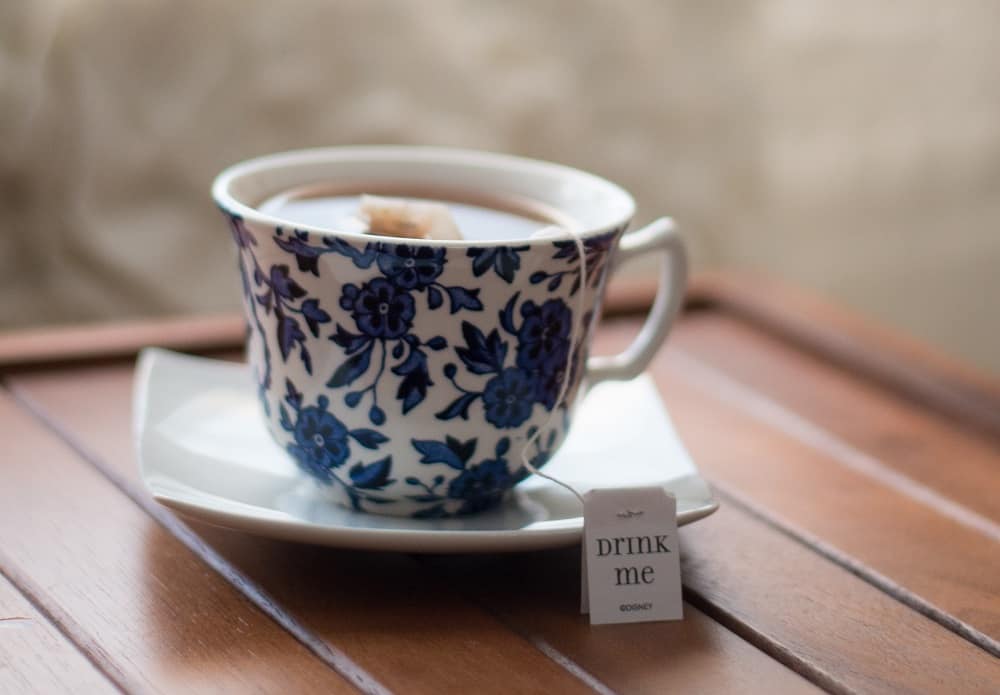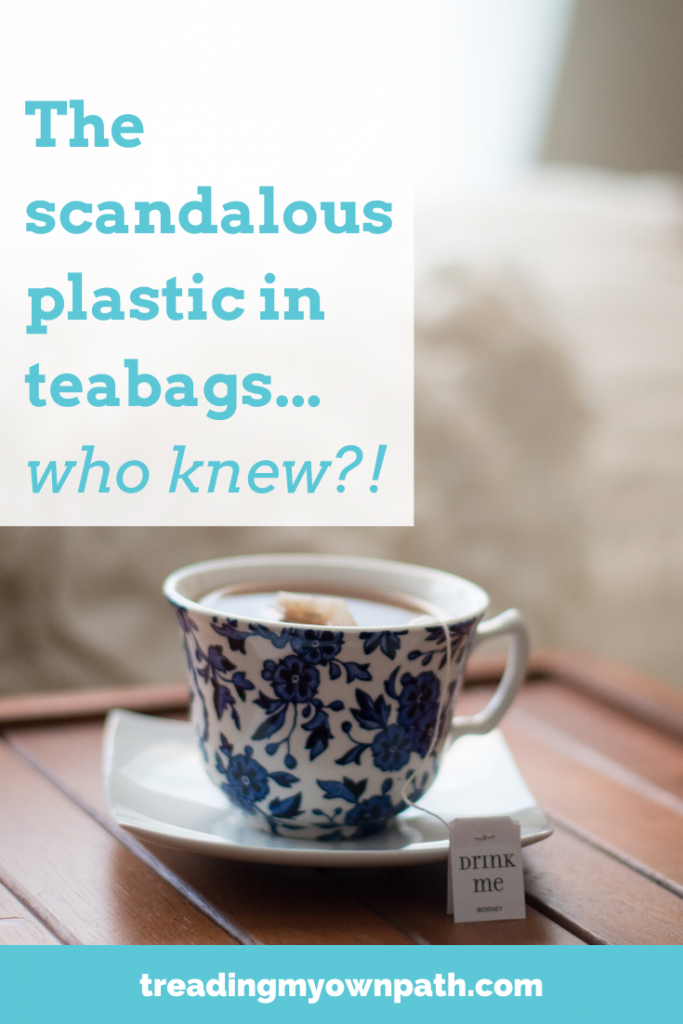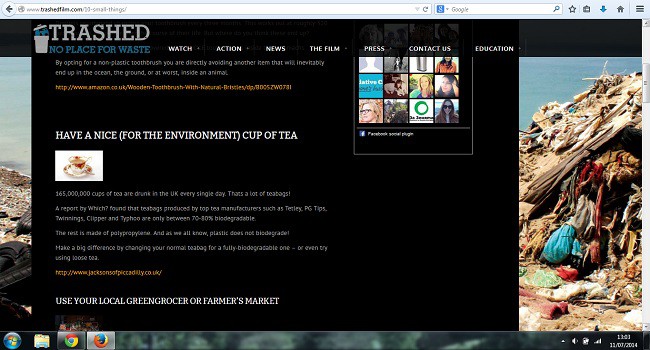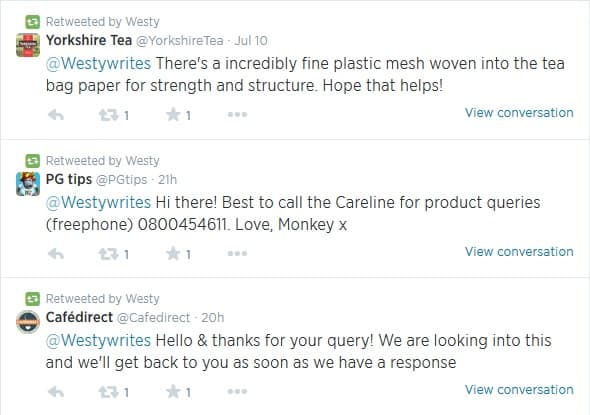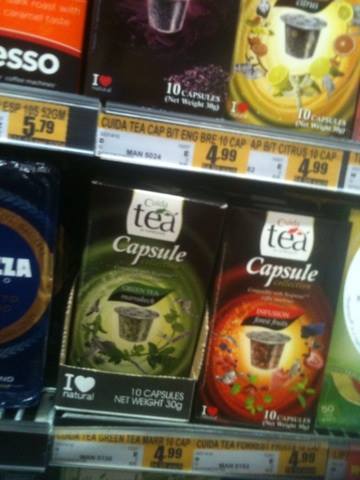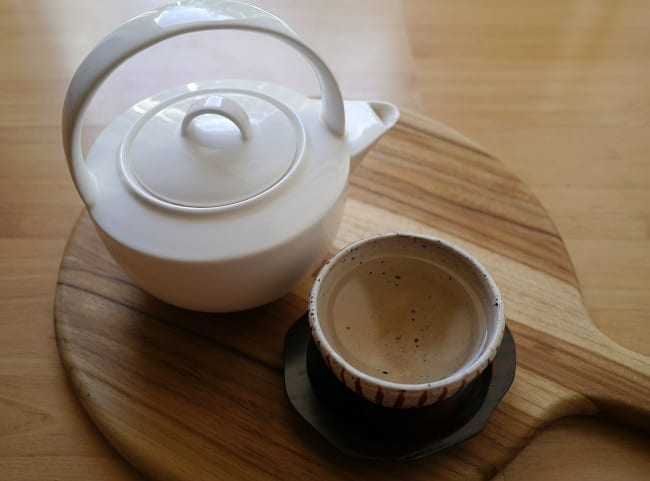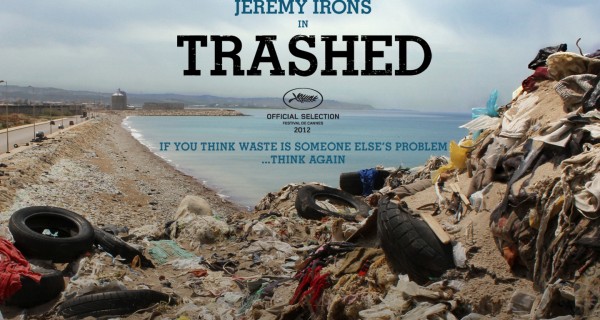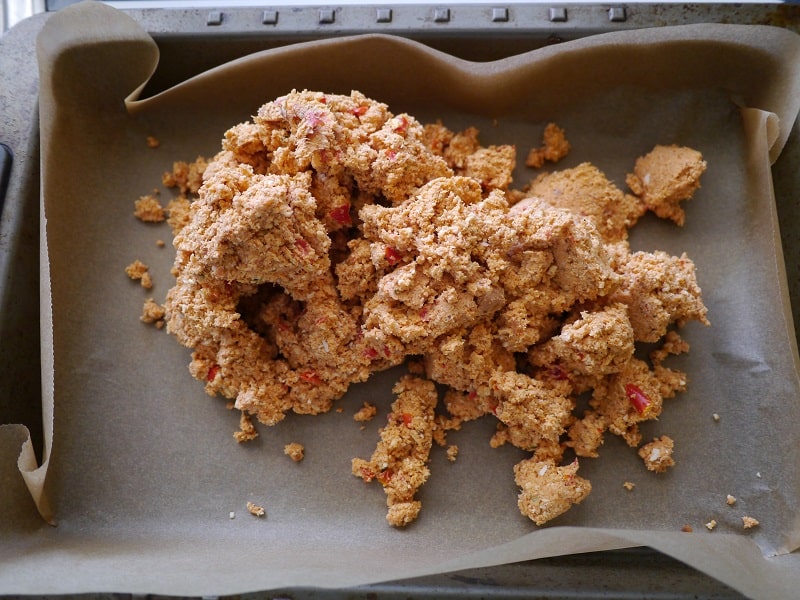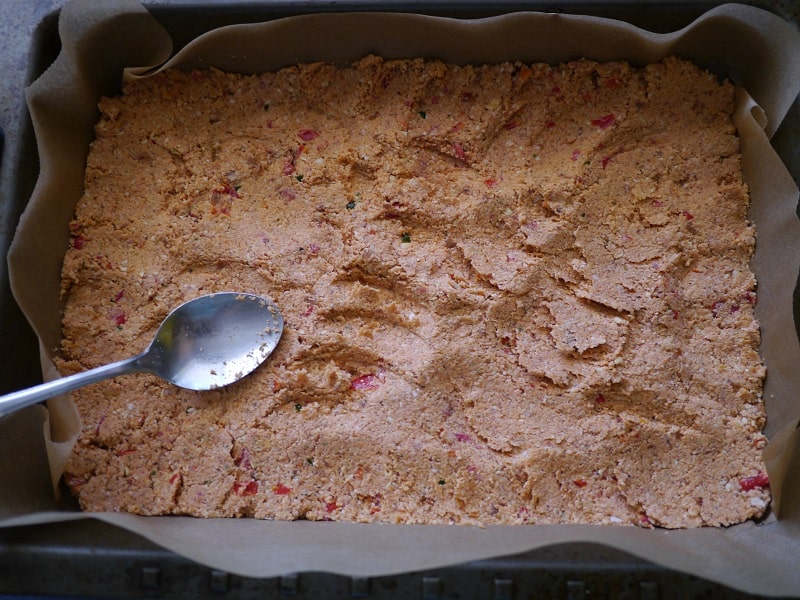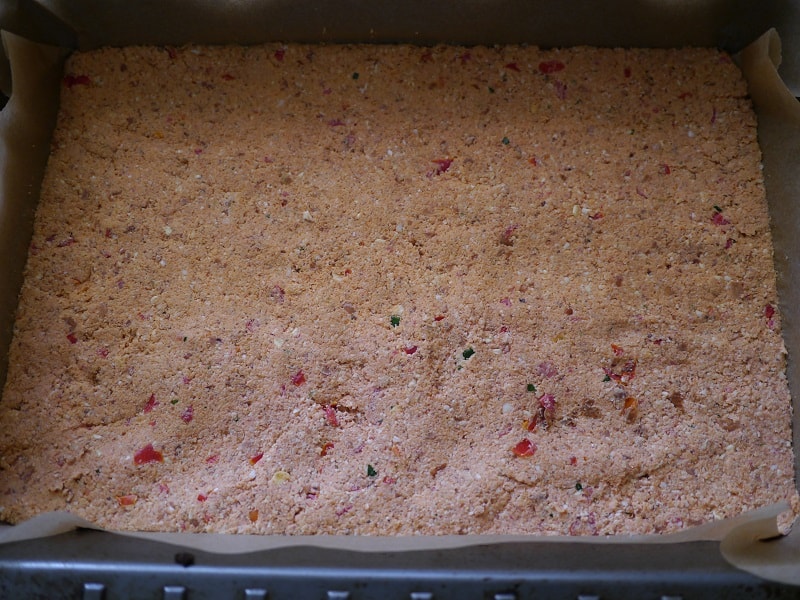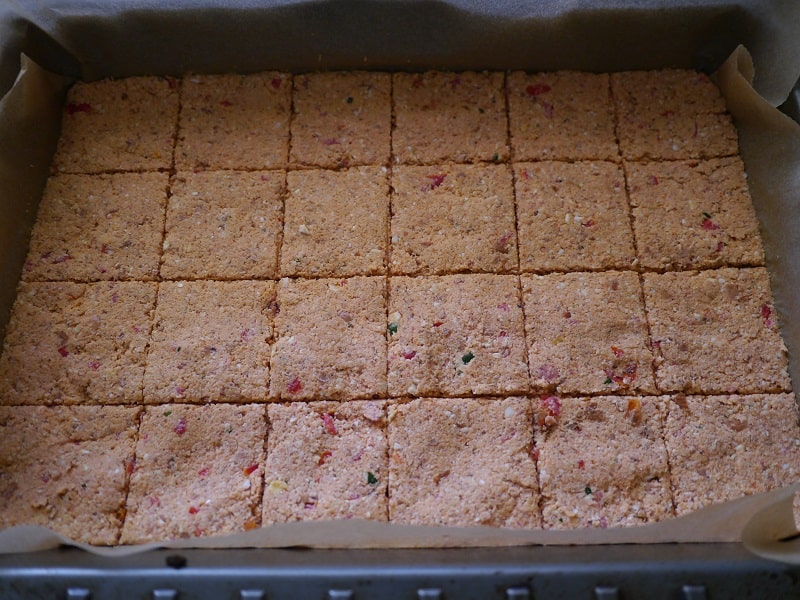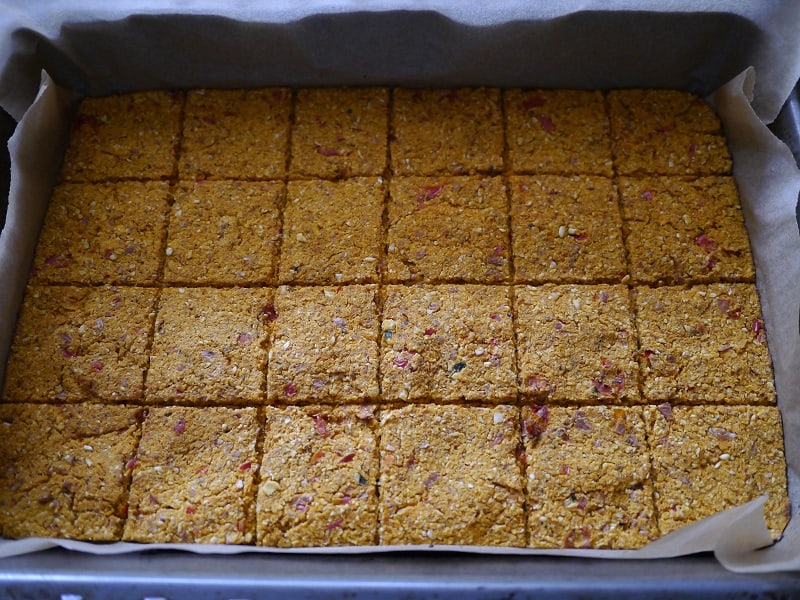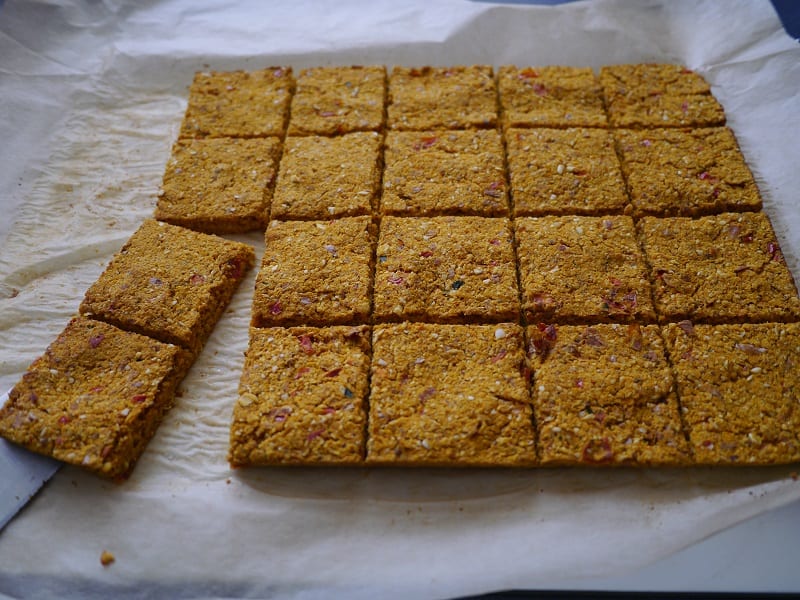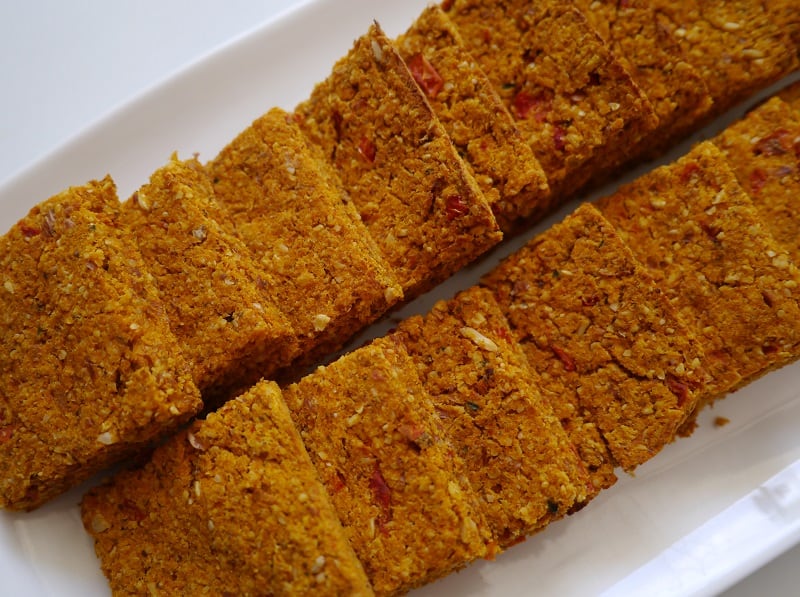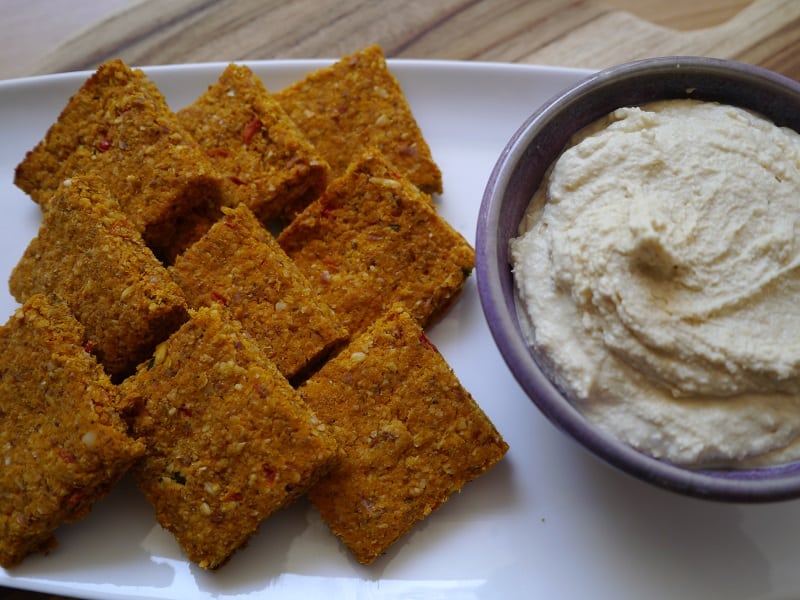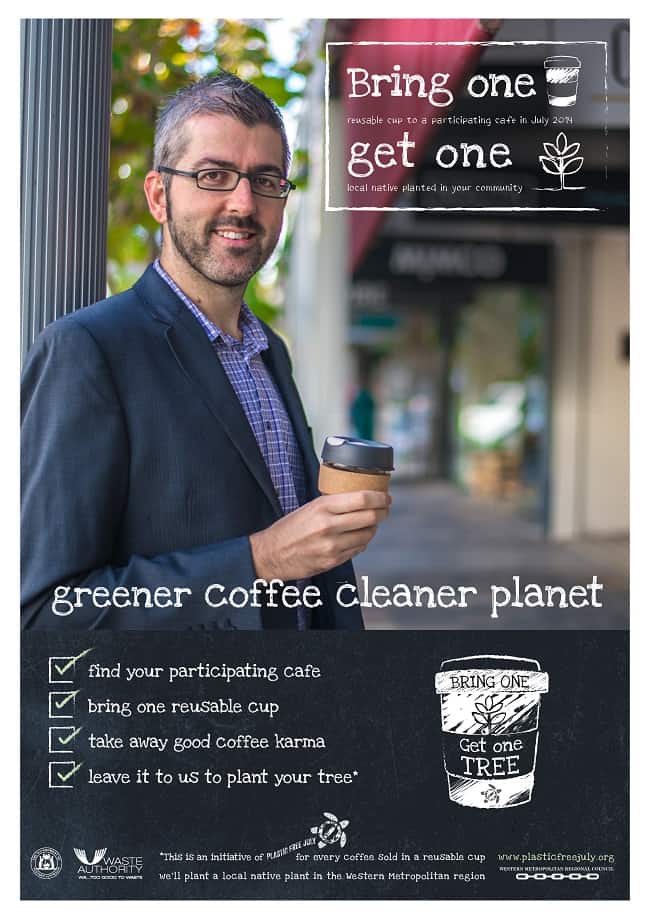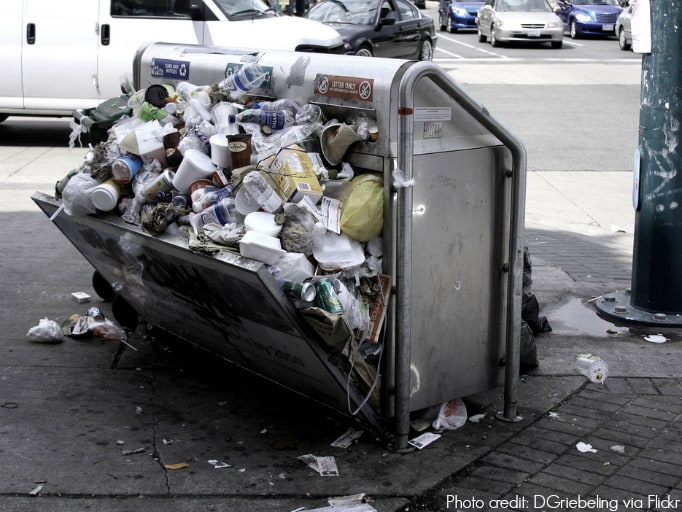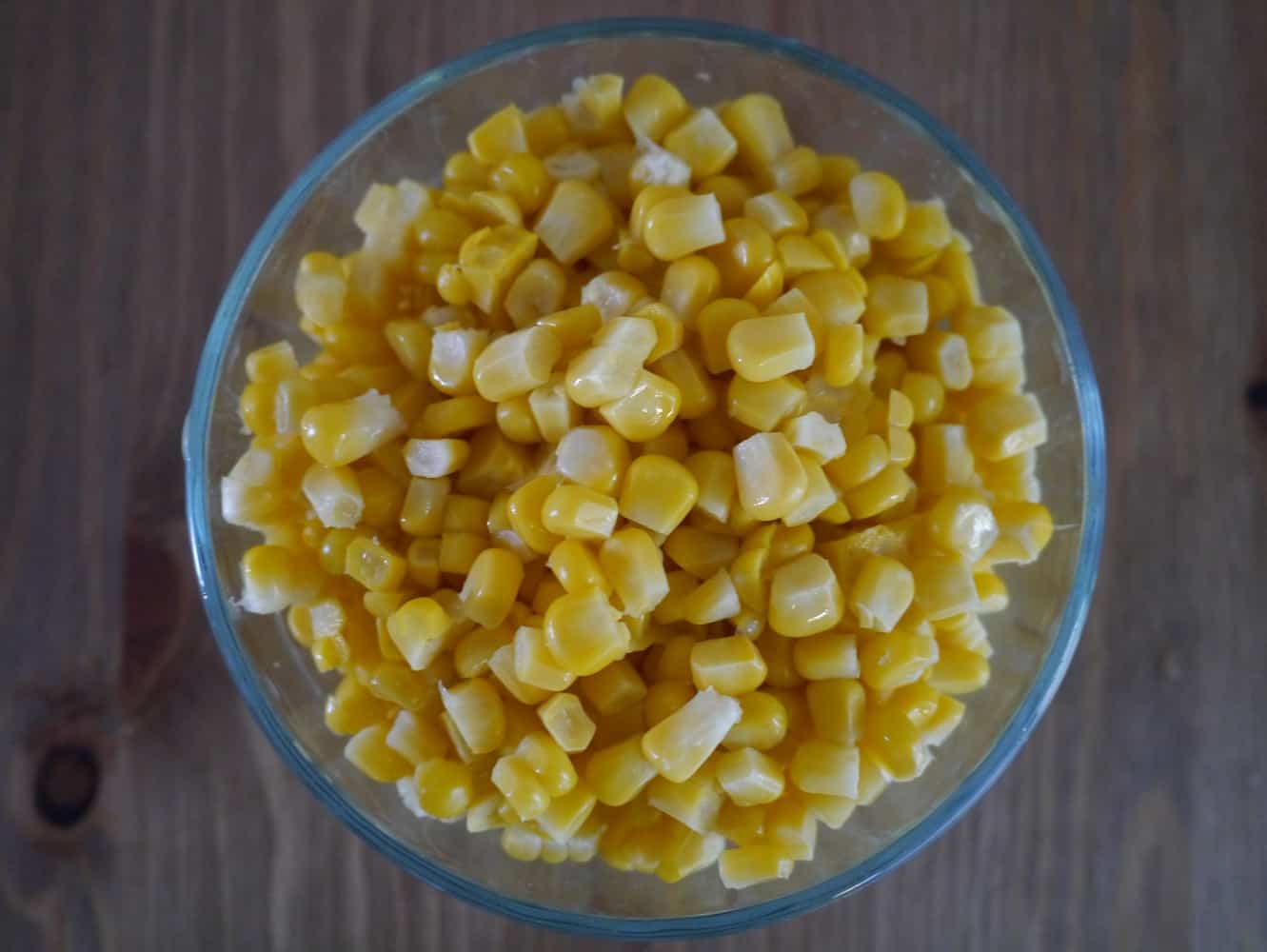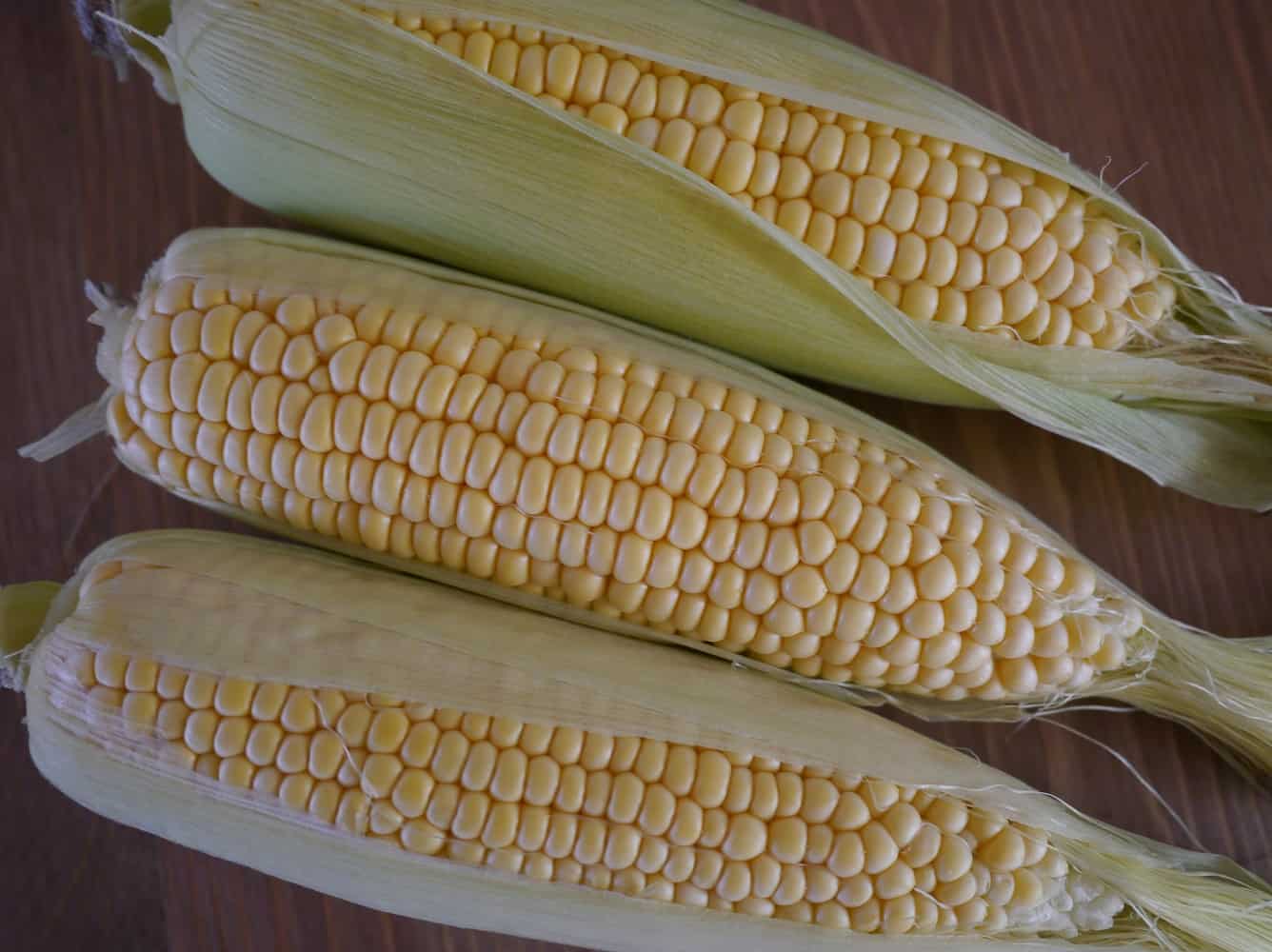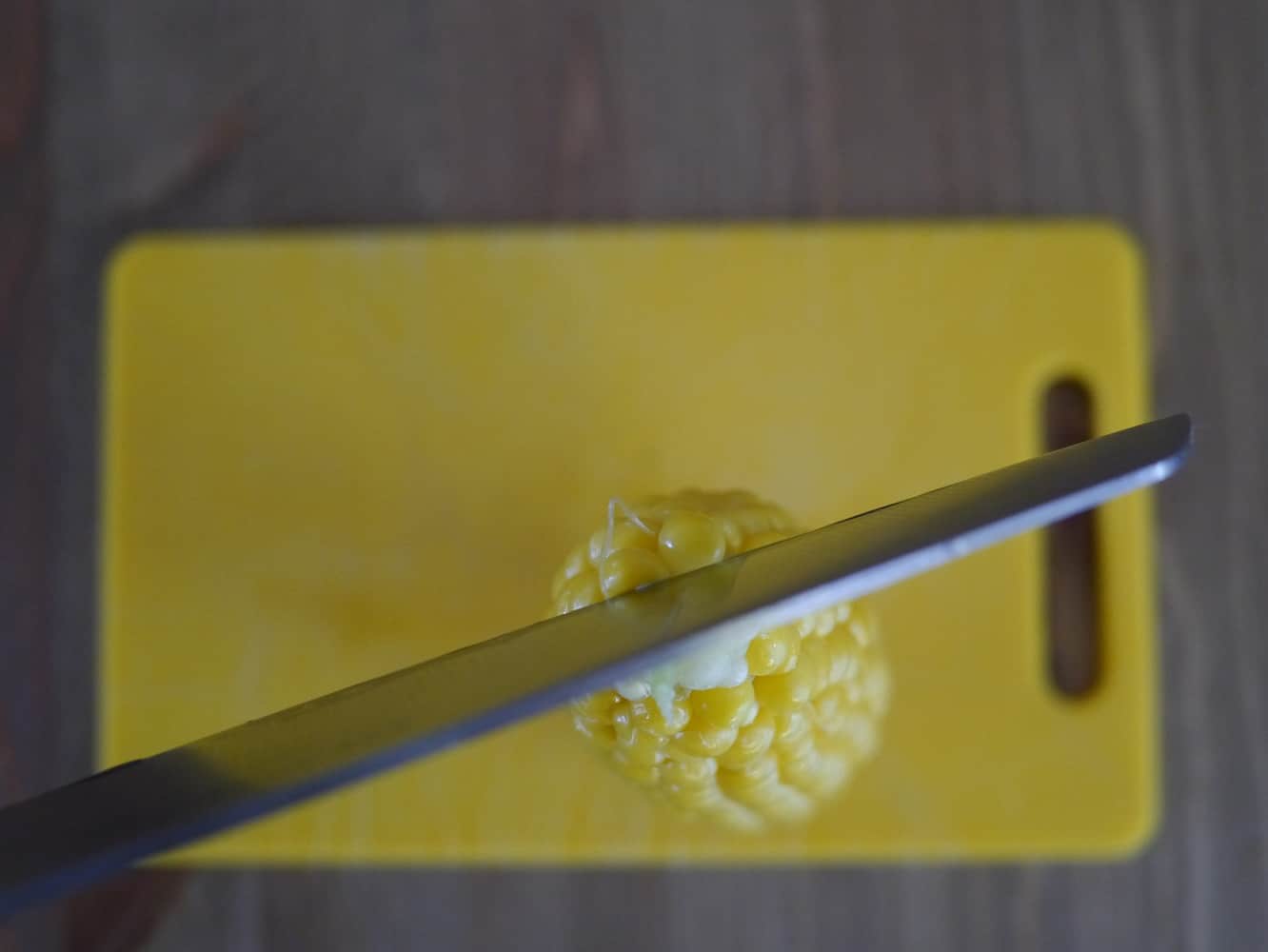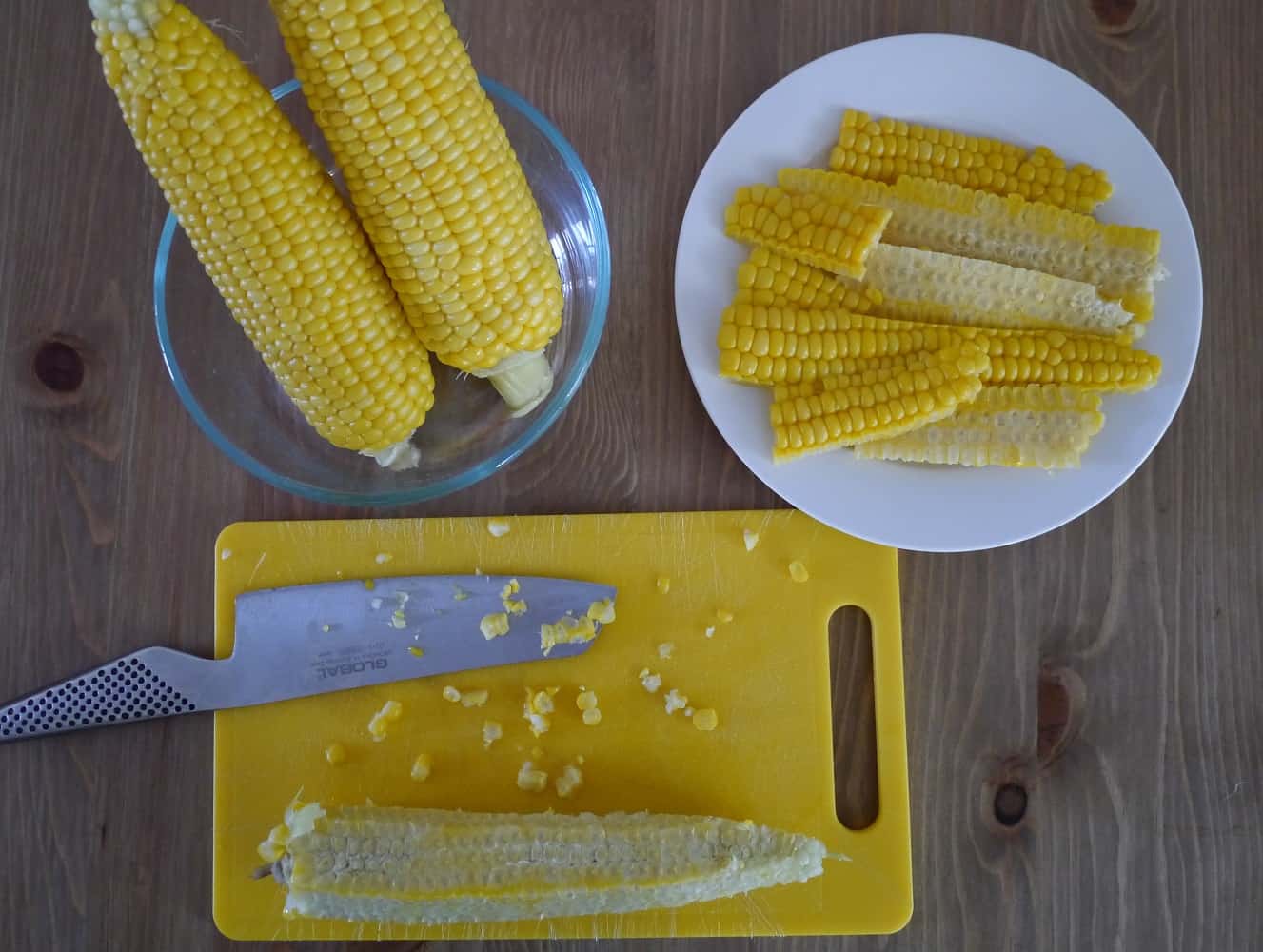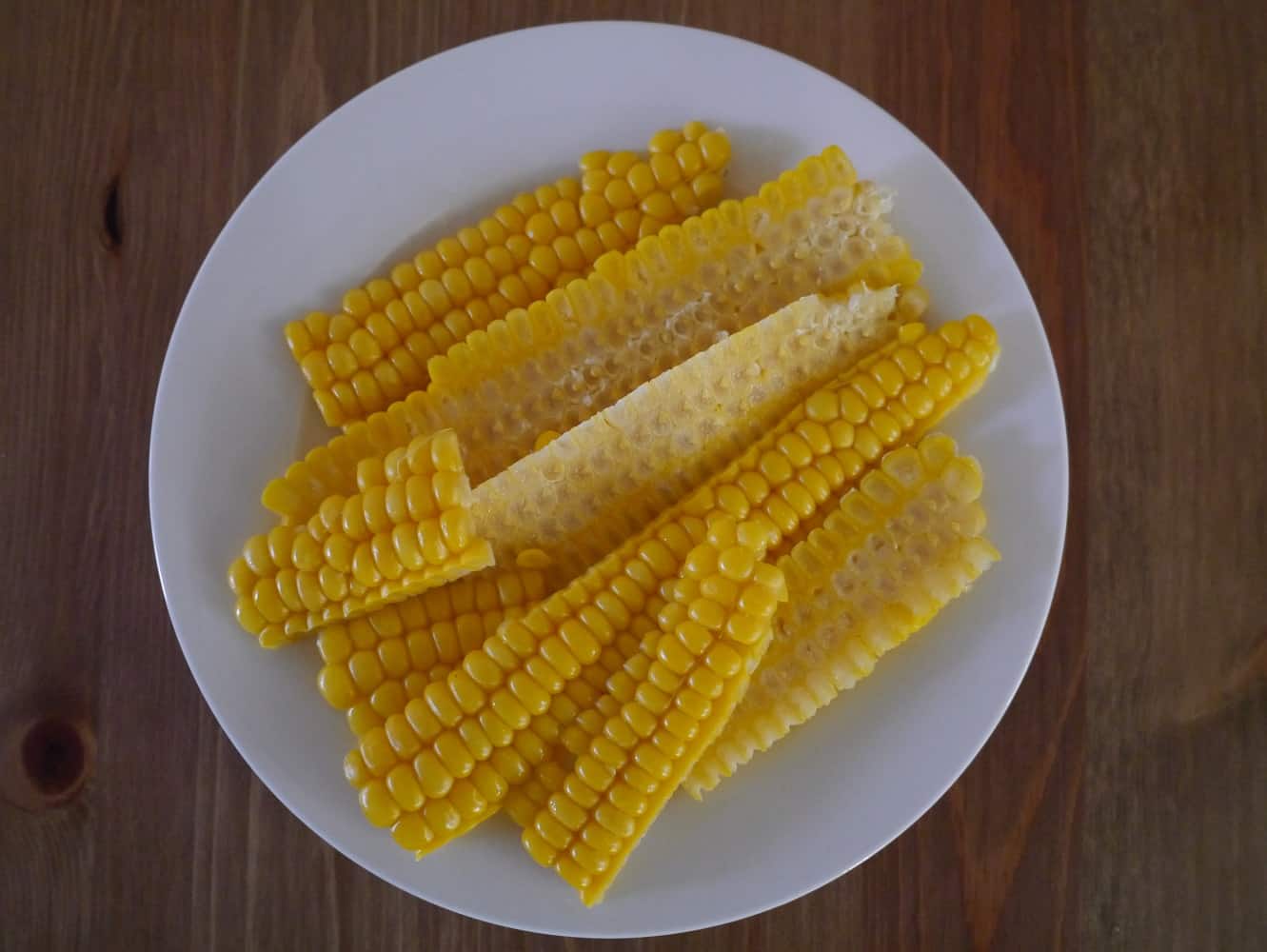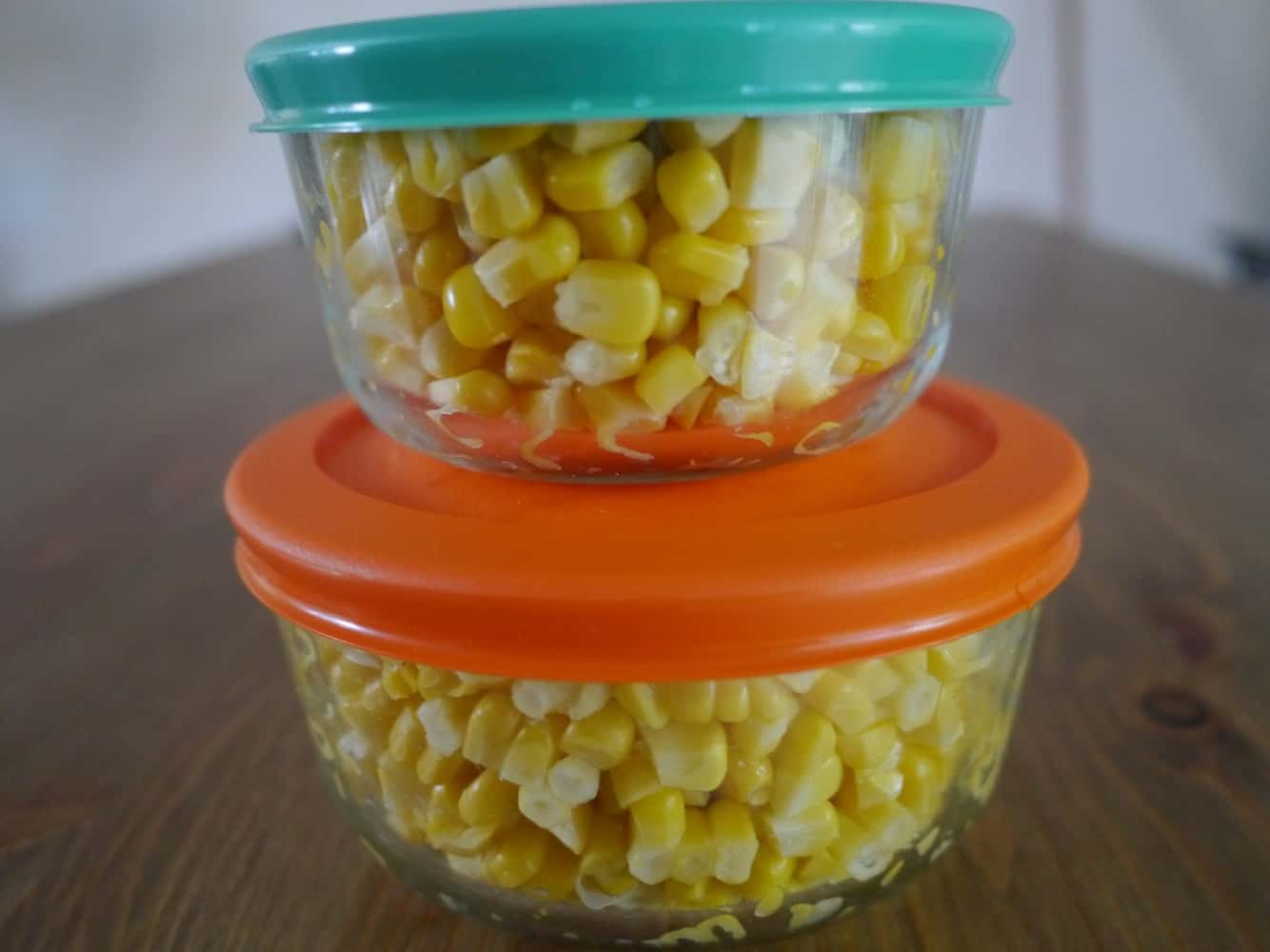Why Quitting Plastic is an Opportunity
There’s no doubt that plastic harms the environment. From the iconic Chris Jordan pictures of the dead Albatross chicks on Midway Atoll, who died from starvation after mistakenly being fed plastic by their parents, to the countless images of marine life caught in discarded fishing line or other plastic that should never have made it into the ocean in the first place; from the reports of whales dying after ingesting golf balls, plastic bags and DVD cases; there are articles and stories all over the internet regaling tales of how plastic is damaging our marine life.
It’s not restricted to the oceans, with plastic washed up on beaches and littering the landscape, and land animals are also ingesting this plastic. It harms people too – the people who process plastic for recycling by melting it down, the people walking through rubbish tips finding plastic to sell, and the people whose environments and waterways are littered with plastic.
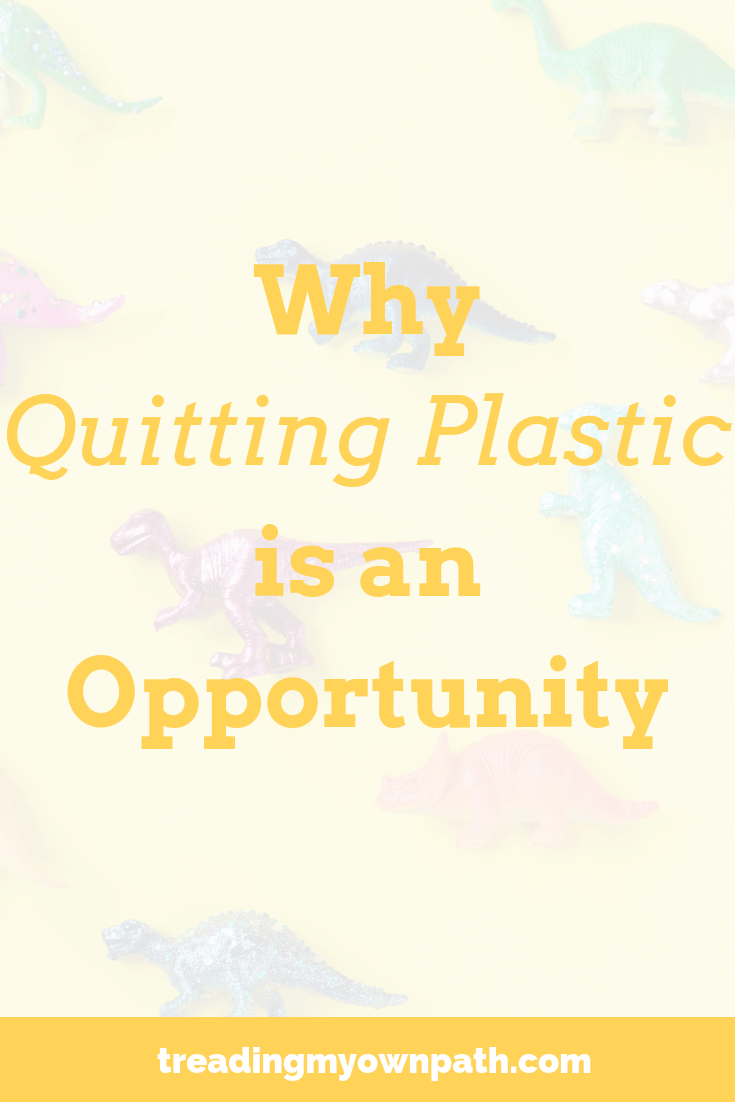
When I first decided to quit plastic, it was because I cared about all these things. I care about the environment, I love being out in nature, and I also believe in social justice – and plastic affects the poorest people in the poorest countries the most. I cared, but was I doing much about it?
Probably not. I didn’t want to be adding to the problem, but in some ways I was. I certainly wasn’t helping to solve them. Before I really understood that plastic was causing all these problems, maybe I could justify my inaction. But once I knew, how could I not do something to make a difference?
It is a great feeling, beginning to align your behaviour with your values. Rather than thinking, in the future I’ll do this, or when I retire, I’ll change that, making a stand for what you believe in every time you make a decision – and we have these choices every day – and starting RIGHT NOW.
Being done with the excuses – I don’t have the time, I don’t have the money, I’m just one person – and accepting what it is that I can do. What we can do. Maybe we’ll never be the CEO of the bottled water company, and we won’t be able to change their policies alone, but we can stop buying their products, and we can start now.
Quitting plastic was the start of a journey that has brought so many benefits, and helped me live a life according to the values and principles that are important to me. Reducing my impact on the environment was a key one, but there were many others:
- Before I quit plastic, I shopped regularly at supermarkets. Now, I rarely go there at all. I support local businesses that add value to the local economy, rather than big multinational companies that have complex tax structures and often don’t even benefit the countries whose communities they sit in.
- Before I quit plastic, I’d buy junk food, particularly when it was on ‘Special’ (and isn’t it always on ‘Special’?!). Now I avoid plastic, the only treats I buy are those made with real ingredients, freshly crafted and without preservatives, additives and fillers. Often I bake my own – many things take a matter of minutes to prepare. My diet is a lot better and I have far more energy, and so does the rest of my family.
- Before I quit plastic, I’d use conventional shampoo, moisturizer and shower gel without realizing they contained irritants and carcinogens, and buy brands that were marketed at me the hardest – meaning big pharmaceutical giants. I’d clean my dishes and my kitchen worktops with products marked “hazardous”. Now I’ve discovered that it’s possible to find natural skin and haircare products with safe ingredients, and I use green cleaning products like bicarb and vinegar to clean my home.
- Before I quit plastic, I’d buy things I needed from the shops, all wrapped in plastic. Now I’ve discovered the joy of second-hand stores, charity shops and asking friends to borrow items rather than buying my own. I’ve embraced the sharing economy, starting with my local library…and I’ve saved money in the process.
None of these things happened overnight, but over time they did happen. It started 3 years ago when I made that one simple decision to have less plastic in my life. That’s a decision that you can make too.
Now it’s your turn – I’d love to hear from you! Have you quit plastic, or started to reduce the plastic in your life? What benefits have you found, and how many were unexpected? What’s your favourite thing about living plastic-free? Maybe you’re just starting out – in which case, what appeals to you most about plastic-free living? We’re all in this together and I’d love it if you shared your thoughts and ideas in the comments below!
[leadpages_leadbox leadbox_id=140b48fc6639c5] [/leadpages_leadbox]

